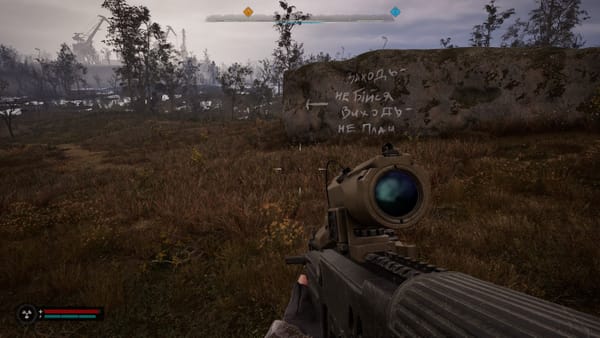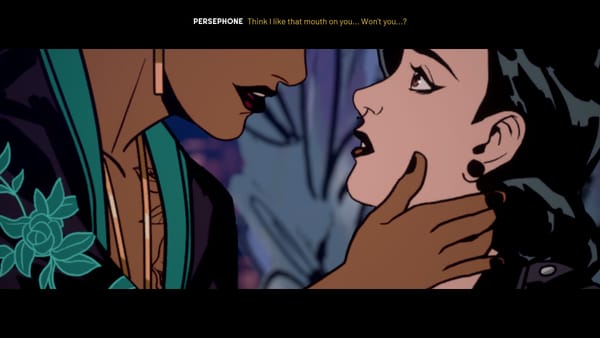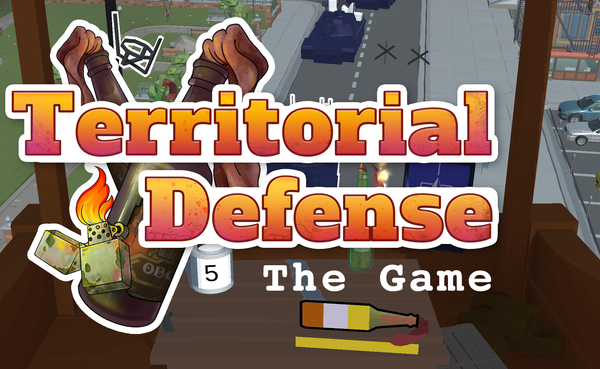Introducing H.E.A.R.T. rate

Oh, hello there!
I have loved games since I was a small kid, playing them on my parents' ancient PC. I remember those CDs with 100 games like Pacman and Digger (I am not super ancient myself). I have been writing about games for some time because I wanted to discuss them. But lacked a system. It's not enough to say if you like the game or not when making a review - you can quickly lose consistency among your reviews. That day, you had a better mood. This review you wrote when you were fresh on impressions, and that one you wrote right after a nasty boss fight you finally beat in 10-15 tries. All of these affect your conclusions, causing you to lose a lot of details. A system for rating a game helps one reflect on the experience from different perspectives and remember the good and bad parts.
And that's why I came up with the H.E.A.R.T. rate. Sounds fancy, right? Let's see how it works.
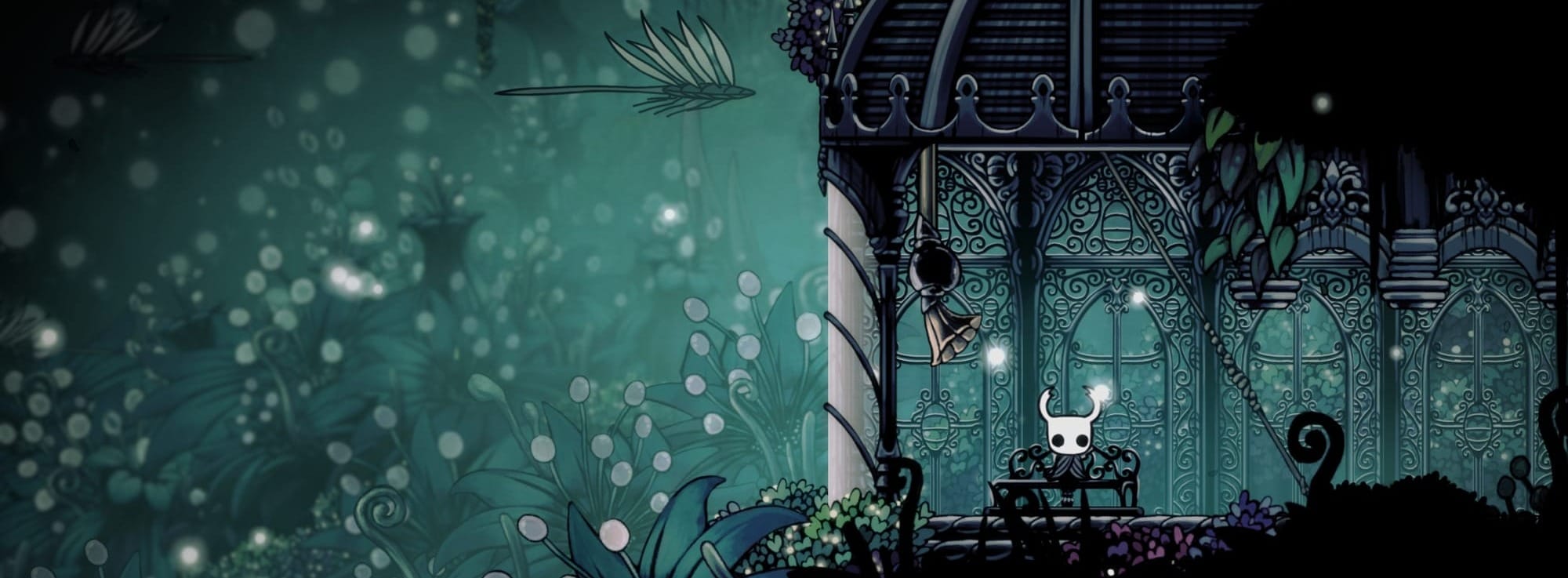
grapHics
The first part of the rating is graphics—how impressive and expressive the visual style and implementation of the game are. It's not about realism or the level of detail but its artistic value. I find that stylized games have a stronger appeal to me.
Anyway, I will also try to do an entirely subjective 10-point evaluation. 1 means that I wouldn't say I liked it, and it even stood between me and enjoying the game. 10 means I was blown away, and the visuals elevated the experience, strengthening the other parts of the game.

gamEplay
The second part is gameplay—how genuinely fun it was. As you might have noticed, it has a maximum of 5 points, where 1 means it was simply boring and 5 means it was super fun. This is also super subjective, of course.
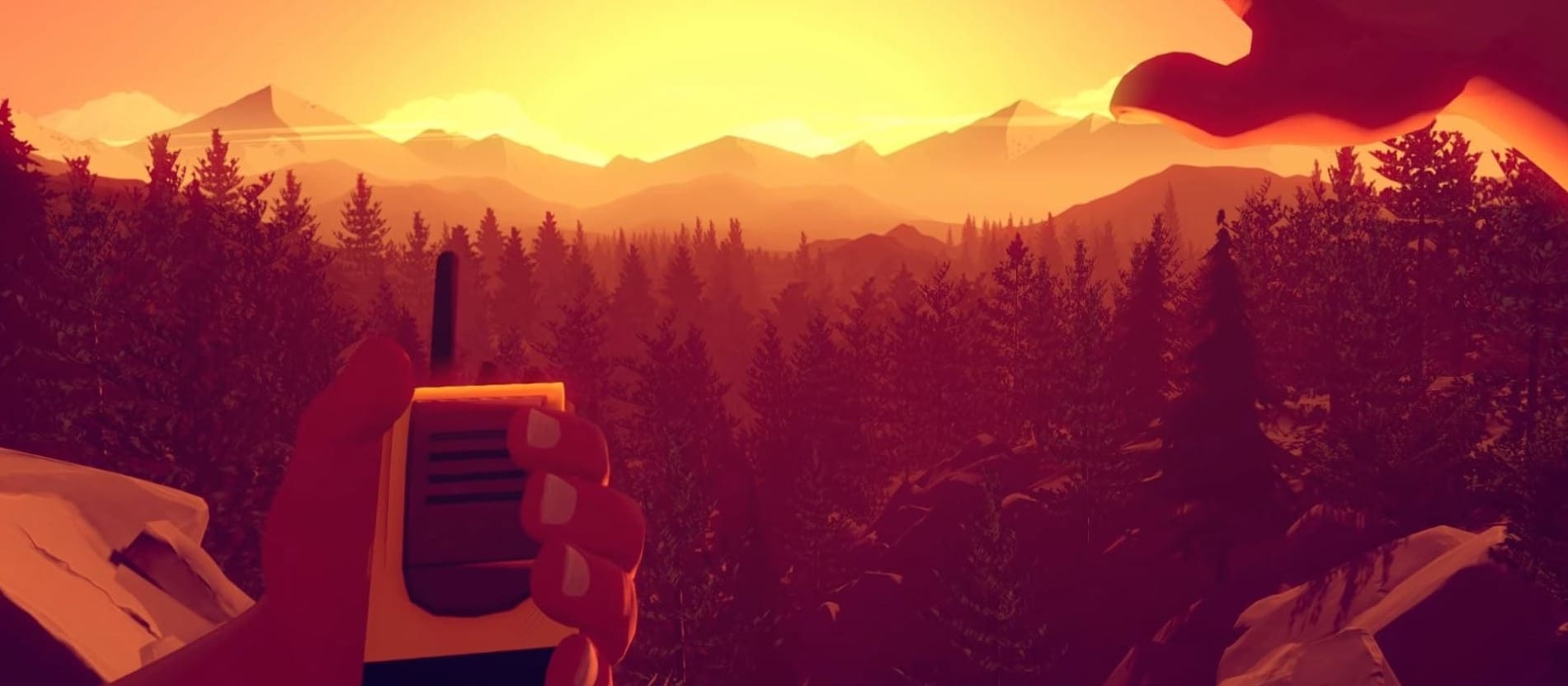
Atmosphere
Then goes atmosphere—did the developer manage to convey the mood correctly? It's also a 5-point rate: 1 was plain and struggled to trigger emotions, and 5 was gorgeous, maximizing the immersion and making you feel the game on every step.
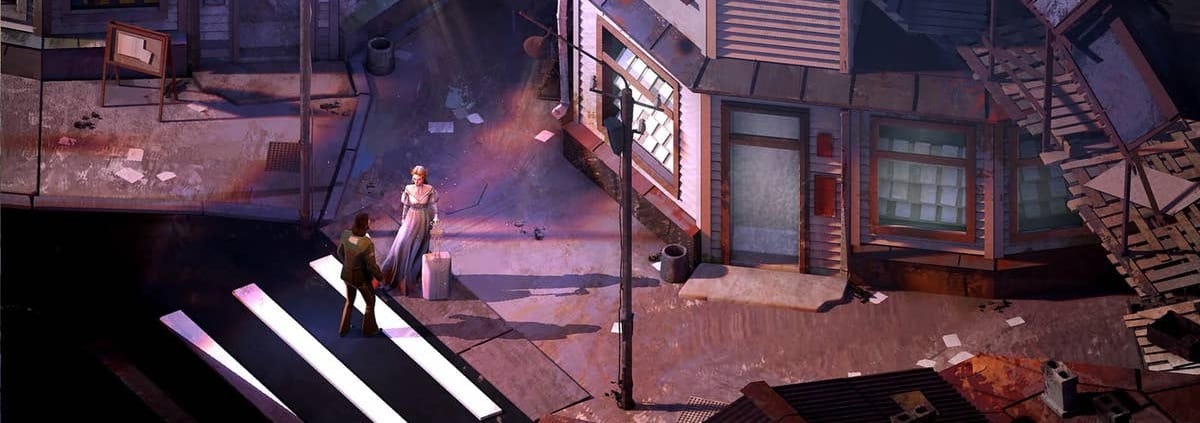
stoRy
I am a big fan of storytelling, so naturally, next comes the story with a maximum of 10 points. Here, 1 means no story told, or I totally missed it, and 10—there was a magnificent story that the game managed to tell in bright detail and mastery. It is a value that balances both—how great the story was and how well the game told it. One can hurt the other, and only both can really make it incredible. This is a thing of you know it when you see it kind.
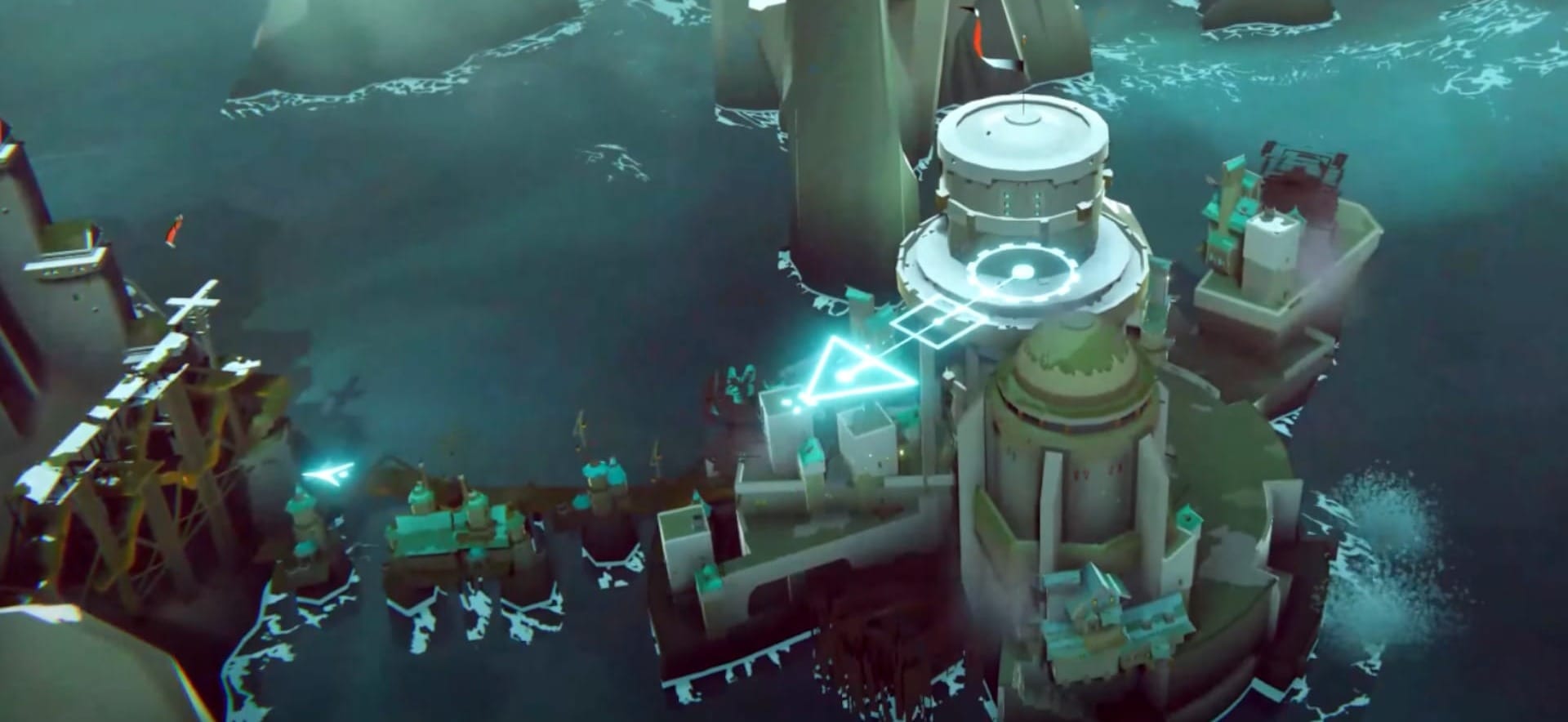
innovaTion
Last but not least, innovation. 1 is nothing new, and 5 is extraordinary novel in any of the above: graphics, gameplay, atmosphere, or story. Of course, this depends a lot on my personal experience–how well I know the predecessors and how many different games I have played. So it's once again subjective, as is this entire rating.
A maximum of 35 points will be converted into 1 to 10 values, with stronger weight for the graphics and the story–as I find those the most important parts of the game as an art project. Gameplay and atmosphere are more about how well the developer conveys them in a video game, and innovation is more about the industry's impact.
And that's a H.E.A.R.T. rate! Yes, I know the abbreviation is questionable, but it's okay. I wanted to emphasize it because I mostly will post about indie games, but it's a bit more complicated than that. The term is poorly defined and can trigger discussions without rights or wrongs. But what I am looking for in the games I will write about is... a soul, a sign it was done with... a heart. It can be indie; it will most often be an indie project, but sometimes people manage to do so even in the big A.A.A. project, though it so shamefully rarely happens.
Cheers, and see you later!

